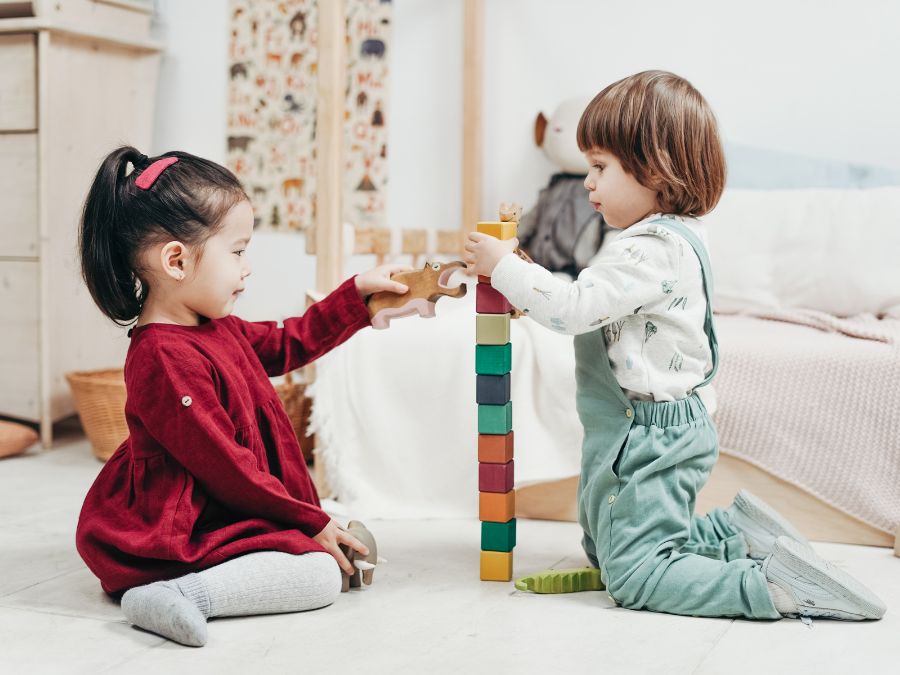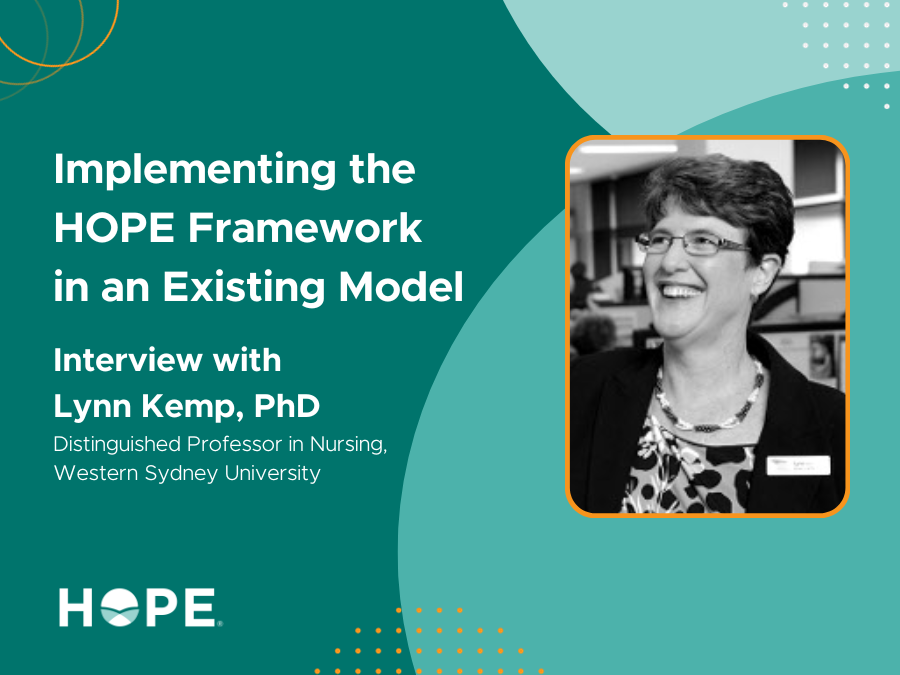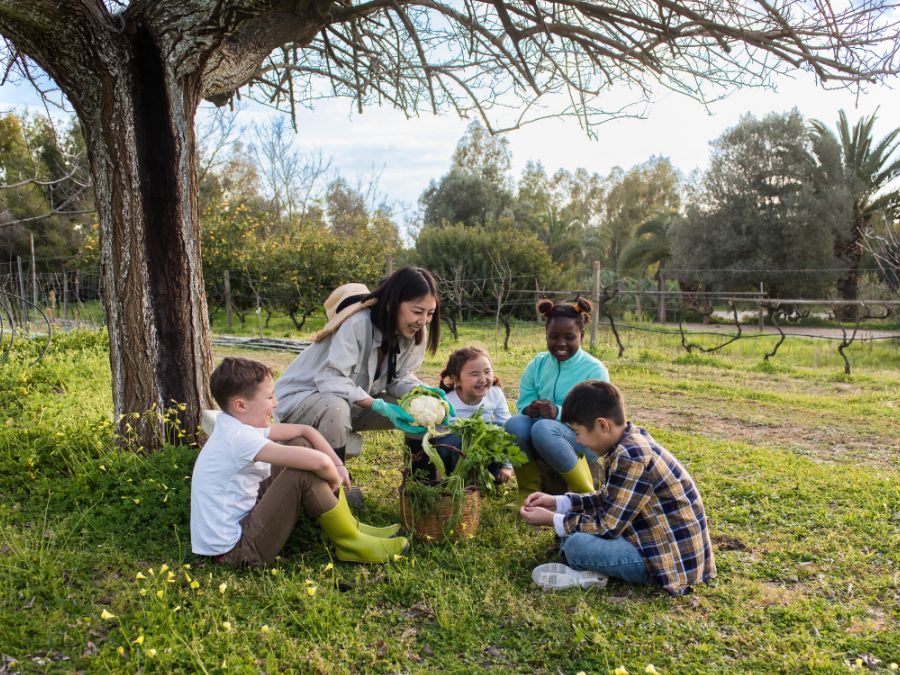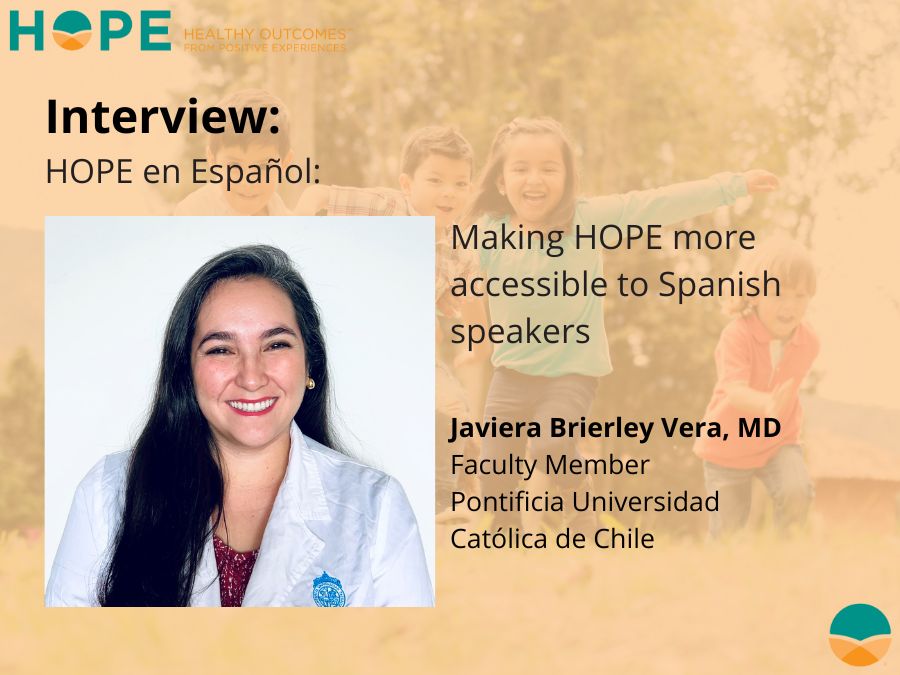
Improving health and well-being through positive childhood experiences
The HOPE framework, centered around positive childhood experiences (PCEs), helps professionals and organizations achieve their mission of improving the health and well-being of children, families, and communities. It is an impactful framework that can be used on its own and alongside other models such as strength-based and trauma-informed care approaches. While many models and frameworks also celebrate strengths and promote holistic views of people, the HOPE framework offers a complete approach to practicing PCEs.
The HOPE framework trains professionals and organizations to identify and increase equitable access to PCEs for all children and families they serve. Those who implement HOPE into their work also learn how to remove barriers to PCEs. The Four Building Blocks of HOPE, the actionable foundation of the HOPE framework, categorizes PCEs into four large buckets: relationships, environment, engagement, and emotional growth. HOPE is culturally responsive – each family and community can decide what goes into each bucket and what PCEs they need.
Through the HOPE framework, we can develop relevant, impactful practices of positive childhood experiences from the individual service level to the organizational and policy level.
HOPE and strength-based approaches
Strength-based approaches build on the resilience and resources that children, youth, and families have within them. Professionals using strength-based practices help encourage and guide people to see their strengths within and around them. This includes encouraging people to seek help by reaching out to their existing support networks and encouraging change on the individual or community level. The HOPE framework also encourages service professionals to help find children and families’ innate strengths. By removing barriers to positive childhood experiences, providers can help children build internal resilience as they grow into healthy adults.
The HOPE framework and strength-based approaches are complementary but are not the same. Both models see the child, youth, or family as the center of care and drivers of their care plans. Both work to undo the stigma placed on families and communities by holistically viewing them beyond their experience with adversities. What separates the HOPE framework is that it does not shy away from what is not going well for families. HOPE does not believe that using a strengths-based lens means we should not acknowledge risks and challenges. Instead, the HOPE framework leads with strengths to build healthy relationships so those hard conversations can be grounded in trust and respect.
HOPE can also be used on the organizational level. Organizations who implement HOPE can create strength-based policy changes that affect the entire organization and the community they serve. The HOPE framework can also be utilized to advocate for policy changes on the organizational, community, State, and Federal level, from building a skatepark in the community to updating forms, documents, and workflows as did the YMCA of San Diego County.
Strength-based resources
- Strengths-based social care: Children, young people and families (Social Care Institute for Excellence)
- What Is a Strength-Based Approach? (Incl. Examples & Tools) (Positive Psychology)
- Promoting PCEs through a community skatepark (HOPE blog)
- HOPE Innovation Network and the importance of policy (HOPE blog)
Implementing the HOPE Framework in an Existing Model | Interview with Lynn Kemp, PhD
In an interview, Lynn Kemp, PhD, Distinguished Professor in Nursing at Western Sydney University (WSU), shares her experiences with integrating the HOPE framework and the Four Building Blocks of HOPE into the Maternal Early Childhood Sustained Home-visiting (MECSH) program at WSU.
HOPE and trauma-informed care approaches
Trauma-informed care approaches also holistically look at the person, focusing on how their difficult past shaped them into who they are today. This approach provides a space for understanding and healing through thoughtful and empathetic care. We like to think of HOPE as part of the trauma-informed care continuum. Using the TRIADs framework developed by Dr. Alicia Lieberman at the University of California, San Francisco, at HOPE, we understand that:
- Trauma and adversity is something that has happened in the past (sometimes the not so distant past; sometimes immediately before you interact with a client)
- That trauma and adversity are causing distress right now in the present that demands a trauma-informed approach to help create a sense of safety for that individual to ease the nervous system.
- Connecting an individual to culturally relevant and meaningful access to the Four Building Blocks helps to create healing and thriving in the future. To note, the way individuals are able to, interested in, and willing to connect to the Building Blocks will likely change over time as their trauma symptoms lessen.
The HOPE framework and trauma-informed care approaches pair well together because they work to improve a person’s life through different perspectives. The HOPE framework actively looks for what is going well now in a person’s life and how to remove barriers to PCEs. Trauma-informed care looks into the person’s past to understand the present. Both offer different insights and are both important to quality care that allows children to develop into healthy adults.
Trauma-informed care resources
- What is Trauma-Informed Care? (Trauma Informed-Care Implementation Resource Center)
- Infographic: 6 Guiding Principles To A Trauma-Informed Approach (Centers for Disease Control and Prevention)
- HOPE-informed Screenings and Assessments (HOPE resource)
- HOPE-informed Supervision and Leadership Handout (HOPE resource)
Contact us
Not sure how to start practicing positive childhood experiences in your work or community? Reach out to us with any questions.



